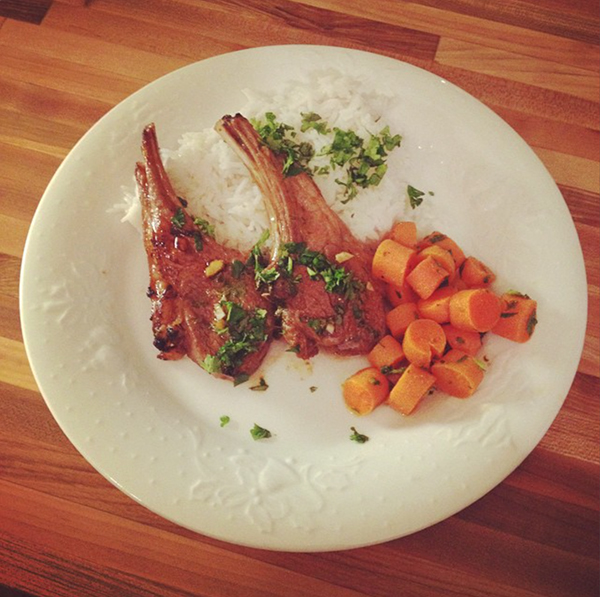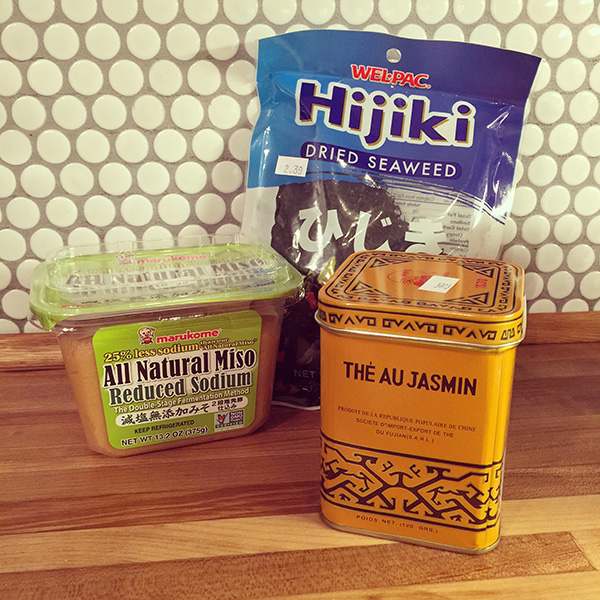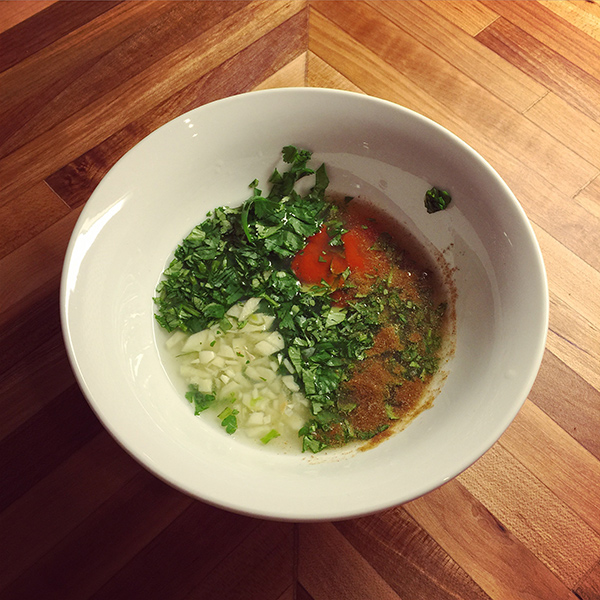New year, new you, yada yada… I’m not really one of those “let’s go on a diet in January because __ magazine says we should” sort of girls. Instead, let’s talk food. Specifically, let’s try a new recipe. I’m trying to mix things up in the kitchen.

We cook the majority of our meals (as I’m sure you assume if you follow @jamesaslaughter and @hb_belle on Instagram), but recently I felt like we needed to mix things up. So we took a few minutes one afternoon and explored some of the local ethnic grocery stores–Mexican, Turkish, Asian, Indian. We’re having so much fun experimenting with new recipes and spices! And, of course, being who I am I tweak everything a little bit. Don’t judge–it’s the curse of those that love to cook. So today I thought I’d give you a super-simple rundown for trying a new recipe.

7 Steps to Trying a New Recipe Like a Pro
Pick a place.
When we eat out, it is almost always something that we probably won’t make at home. For instance, we frequented the local Vietnamese restaurant a couple times a week before finally learning how to make pho at home. If there’s a restaurant you love or a country you’d like to visit, start there. What do you like to get at the restaurant? What do people in that country eat? What do people in that country like to cook at home?
Hop over to Pinterest, but be critical.
Pinterest is a great place to get inspiration but can also be overwhelming. I have a “Yummy-ness” board that I update almost daily with recipes I’d like to try. But if you’re trying to get out of your box and try something new, you don’t want to trust just a pretty picture. Instead, try to find pins that people say they have actually made themselves. Check out the comments.
If there’s one recipe that’s been pinned a bunch, head over to that blog and see if there are any comments beneath the post. If people are commenting, they probably trust that blogger as well as their recipes.
Don’t change everything at once.
This is valuable advice with any new recipe you’re trying but is especially important if you’re eating a new ethnicity of food. You may get the most out of the experiment by using main ingredients you already know really well. For example, you know green beans. You love green beans. Try a different preparation of green beans.
Taste as you go.
If you’re looking to experiment with flavors in the future, taste the pieces and parts as you go so you can see how they all add up in the pot. For example, last night we made miso soup for the first time. We started with a broth of seaweed and mushrooms. Seaweed is not a taste I really needed to taste by itself. But when you near the end of the recipe, you whisk in miso, and (spoiler alert) it changes EVERYTHING. So yummy!
To understand the balance,
you must understand the parts.
Compare recipes.
If I’m trying something new, I’ll often compare several recipes for the exact same thing. For instance, last night I saw a miso soup with sweet potato on a recent email blast. So last night I threw one in to our soup, and it was a delightful addition to the basic recipe I was using.
Find your own trusted few.
There are a few cooks who post recipes that I will try the first time, line by line. Very few. I usually go to these few when I want to try a new technique or a new type of food I’ve never cooked before. Everyone has their go-tos, and these are mine.
- Alton Brown (Selects from Alton’s Good Eats series are now on Netflix streaming, and they’re basically a textbook you can watch in your sweatpants from the couch.)
- Charlie Trotter (This cookbook specifically.)
- Emma Chapman (This may be a new name to you, but she’s an amazing blogger and half of the sister duo that make up A Beautiful Mess. I’ve tried several of her recipes and techniques and have yet to experience a #fail so I had to mention her. In particular: this pie.)
- Ina Garten
I heard Ina say on Julia Turshen‘s (an amazing cook herself) fab Radio Cherry Bombe podcast a couple weeks ago that she tries each recipe several times and then has someone else try it before she publishes a book. Well it shows, Ina! It really shows.
Roll with the punches.
Be aware there are a things that may throw you off. Humidity and altitude vary from country to country and state to state. (This can especially throw off baking. Our friends from Salt Lake mock the size of our mountains, but we mock their leavening techniques.) A convection oven often doesn’t need as long of a cook time of as high of a temperature as a regular oven. Watch what you’re cooking. You learn by doing. Be willing to fail.
Which brings us to… the back-up plan.
If you’re trying something really new, be aware that the experiment may fail miserably. I recall a super-healthy, vegetarian lasagna experiment of late. (Pro-Tip: the béchamel is what makes lasagna edible.) So be willing to order a pizza.
So I think we’re diving into making our own pita next. What about you?
Any recipes you’d love to try?


